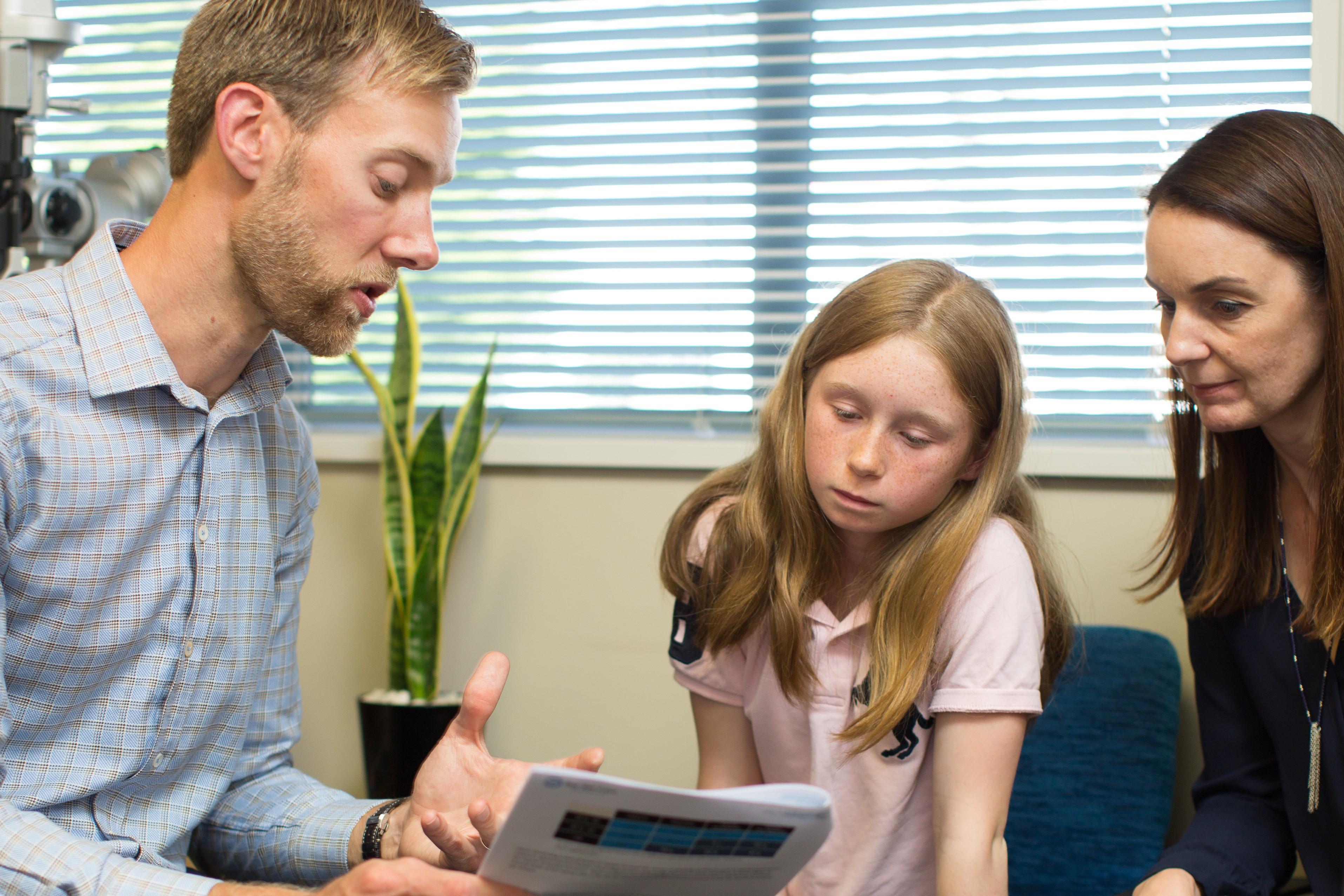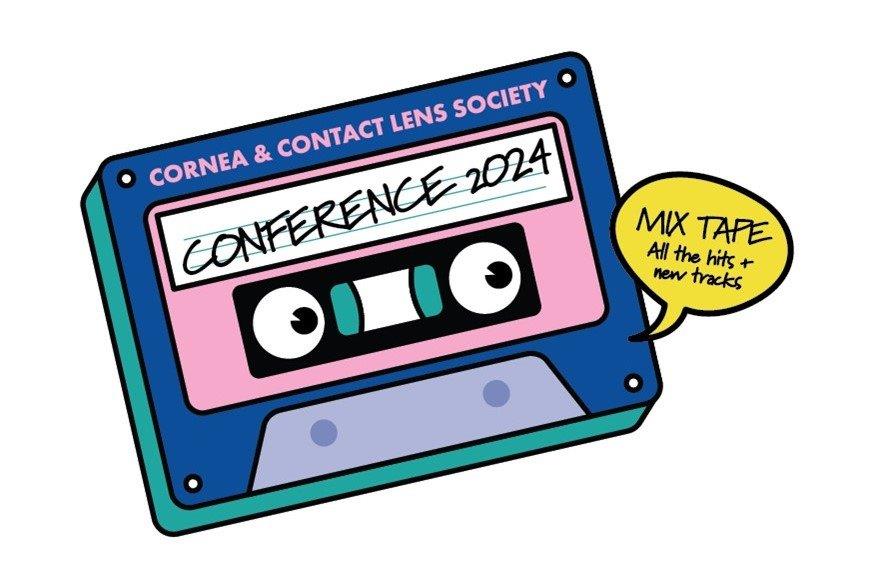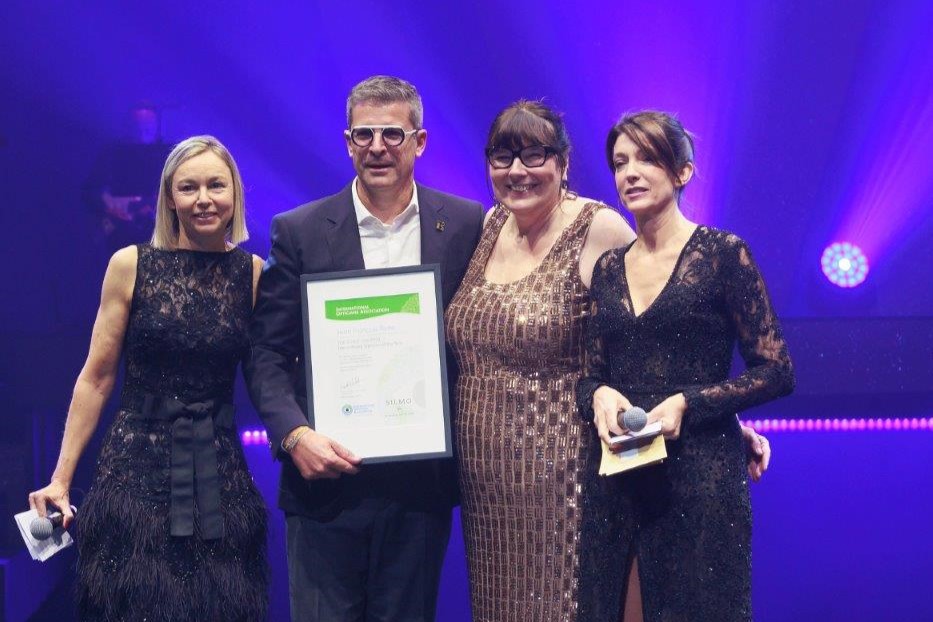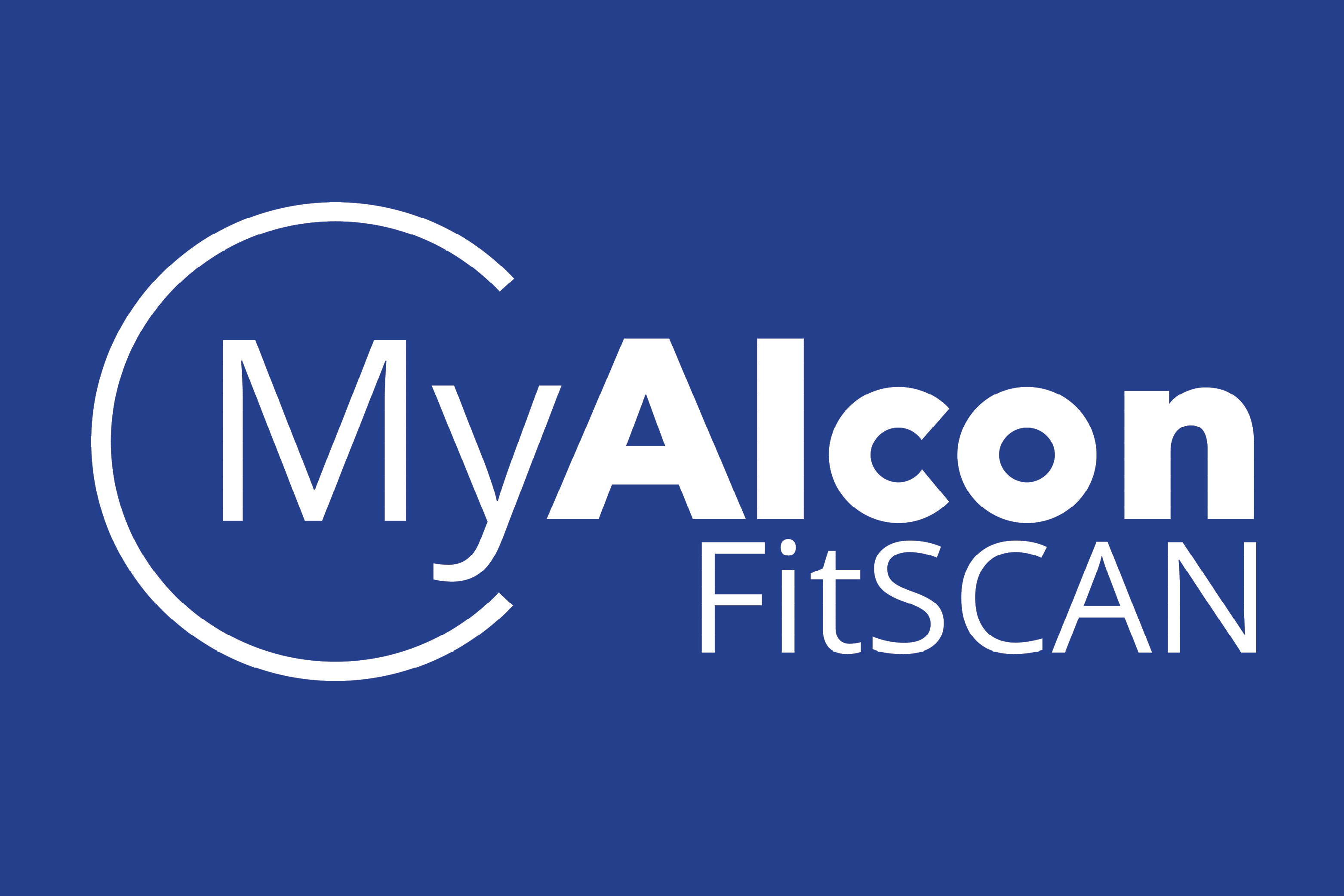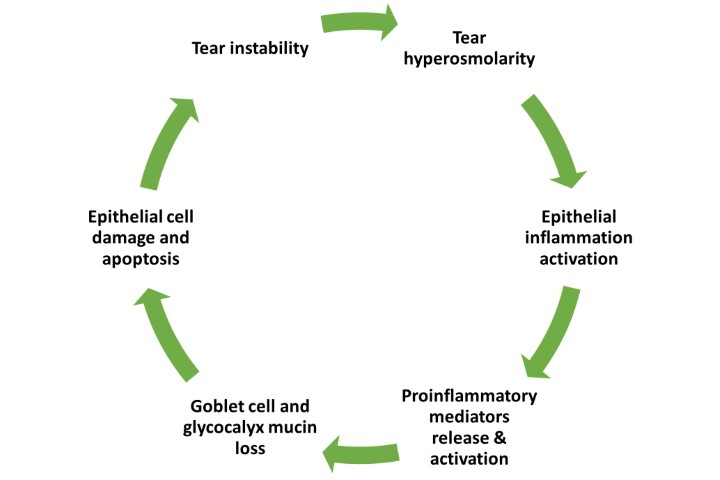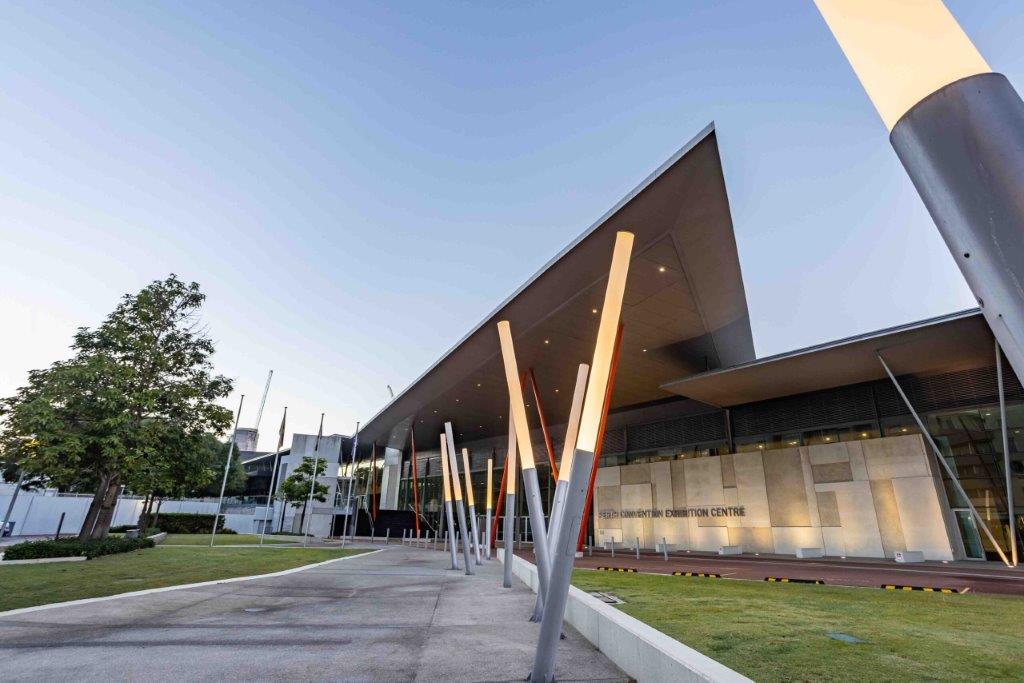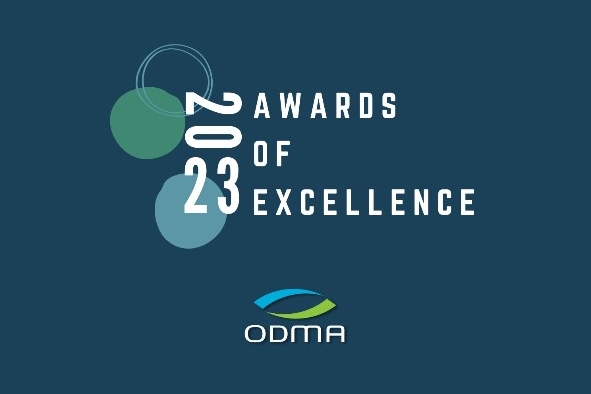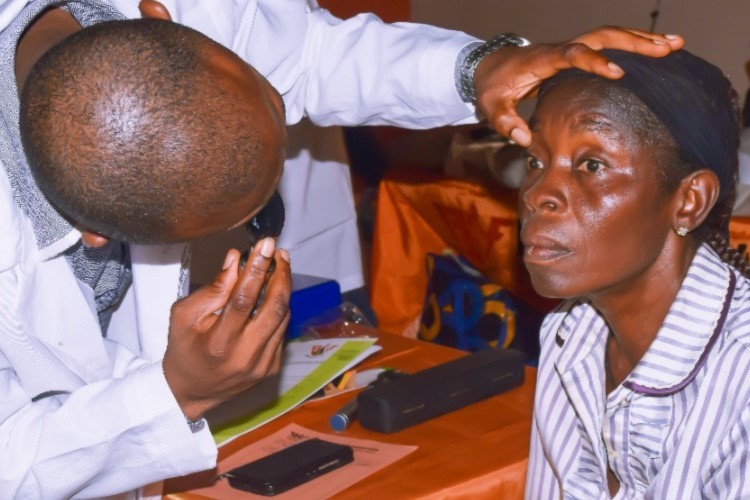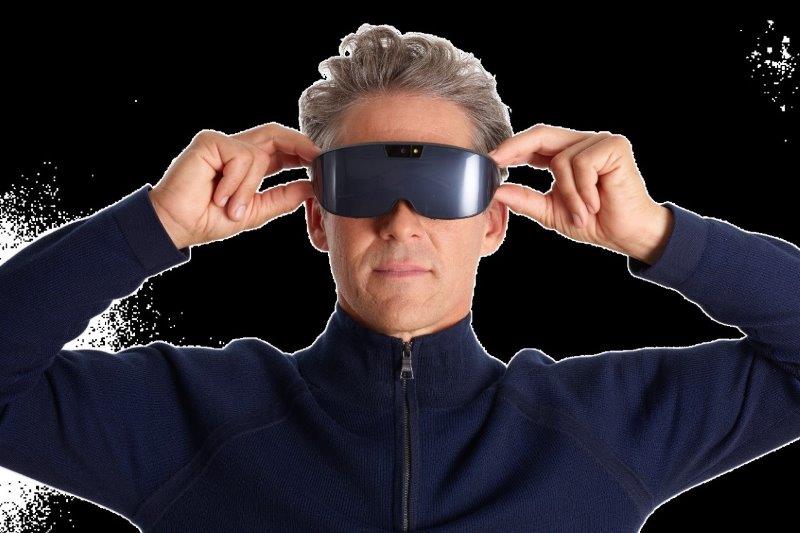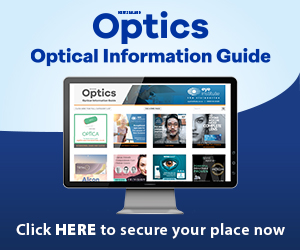Myopia in practice: A summary of the IMI white papers
In the past, clinicians have put forward anecdotal views about how to manage myopia. The first, evidence-based review only appeared in 2002 and, drawing on just 10 randomised controlled trials about myopia at the time, concluded that neither soft contact lens, bifocal spectacle lenses nor atropine eye drops were recommended to manage childhood myopia! How times have changed.
Fast-forward 17 years and more than 170 peer-reviewed articles on myopia control have now been released, educating and updating us in this crucial and rapidly-developing field. However, the sheer volume of material means it can be difficult for the average, hard-working clinician to keep abreast of developments and how to apply these findings to benefit patients.
Inspired by what the Tear Film and Ocular Surface Dry Eye Workshop (TFOS DEWS) reports did for ocular surface disease, the International Myopia Institute (IMI) white papers were developed by an international panel of 85 researchers and clinicians to provide an evidence-based consensus on the management of myopia. The papers cover a wide scope of topics relating to the mechanisms of myopia, product research and development, clinical and industry best practice and the public health message. They were published in Investigative Ophthalmology and Visual Science in February this year and are essential reading for anyone with an interest in myopia.
Tackling the IMI white papers
Kate Gifford, an Australian myopia control expert and one of the IMI white papers’ authors, is well known to New Zealand audiences from the CCLSNZ/OSO myopia roadshow last year. She recommends all readers should start with the IMI Myopia Control Reports Overview and Introduction, “which details the background of risk factors for myopia onset and progression, along with providing an overview of each report to best direct your learning.”
For eye care practitioners she suggests the following papers as most relevant:
- Defining and classifying myopia, which defines pre-myopia, myopia, high myopia and myopia complications and provides key references;
- Interventions for myopia onset and progression, to understand the research behind the optical, pharmacological, environmental (behavioural) and surgical interventions for myopia;
- Clinical management guidelines, focusing on risk identification, parent and patient communication, informed consent, basic examination procedures, follow-up schedules, when to change and stop treatment, future treatments and further resources for clinical practice; and
- Industry guidelines and ethical considerations for myopia control, discussing ethical development, registration, marketing, on- and off-label prescribing and patient use of myopia control treatments, including risk versus benefit and quality of life considerations.
The NZMAG appreciate that not everyone will be able to or interested in reading the entirety of the IMI white papers. However, we firmly believe it is vital that all eye care practitioners have a sound understanding of the key concepts and clinical recommendations from the papers, so that we can lead the way in offering gold-standard myopia care to our patients.
To assist with this goal, we present a summary of the key information from the IMI white papers here.
Overview and introduction paper
Myopia is increasing around the world and is associated with long-term health risks. Decreasing the prevalence and degree of myopia will limit the health, social and economic burden of the disease on the individual and the community.
- The incidence of myopia increases dramatically in children older than six, with significantly higher rates in East-Asian compared to Caucasian populations.
- Myopia progression rates were typically found to be larger in younger children (six to nine-year-olds; -0.50D to -1.00D progression rate/year), while older children were generally found to have reduced progression rates of -0.35D to -0.75D/year.
- Myopia stabilises in the late teenage years, however some myopes progress throughout adulthood. Risk factors include intense near work and higher degrees of myopia.
- Myopia onset has been linked to a parental history of myopia, female gender, time spent outdoors, amount of near work and living in an urban centre. Near work as well as urbanisation and increasing family income are closely associated with myopia progression.
Defining and classifying myopia paper
Historically a wide range of terms have been used to describe and categorise myopia. The report recommends consolidation of these definitions as shown by this table:
‘Pathologic myopia’ (previously ‘degenerative myopia’) is defined as: excessive axial elongation associated with myopia that leads to structural changes in the posterior segment of the eye (including posterior staphyloma, myopic maculopathy and high myopia-associated optic neuropathy) that can lead to loss of best corrected visual acuity.
Interventions for myopia onset and progression paper
Optical interventions:
- Studies examining spectacle undercorrection for distance by +0.50 to +0.75D found this treatment to either increase myopia progression or have no benefit when compared with fully corrected, single vision distance wearers.
- There is no substantial evidence to suggest that single vision soft contact lenses lead to slower or faster myopia progression than spectacle wear.
- In comparison to single vision (SV) spectacles progressive addition (PALs) and bifocal spectacles typically reduce myopia by only 0.25D over a two-year period. However, one study using prismatic bifocal lenses reported 51% slower myopic progression compared to a SV spectacle group (-1.00 vs -2.00D) over a three-year period, which was particularly effective for children with a low lag of accommodation.
- Custom-designed or commercially available multifocal soft contact lenses (MFSCL) with centre distance design provide clear vision in the distance, while imposing myopic defocus on the peripheral retina to slow eye growth, have shown a 38% slowing in myopia progression and a 38% slowing in axial elongation compared to SV spectacles or contact lenses.
- Orthokeratology (ortho-k) lens wear has been shown to induce relative myopic shifts in peripheral refractive errors in all meridians. Two recent meta-analyses confirmed the effectiveness of ortho-k for myopia control, with studies showing a reduction in axial elongation ranging from 30% to 63% compared to SV spectacles.
Pharmacological interventions:
Atropine is a nonselective antimuscarinic antagonist used in concentrations of 0.01 to 1% in myopia studies. To date, the exact mechanism of atropine’s action on myopia progression remains unclear.
At 1% concentration, there is a 76% reduction in myopia progression, albeit with significant side-effects of mydriasis and cycloplegia. The use of low dose atropine 0.01% shows good control of refractive myopia, but its effectiveness for controlling axial length changes has been questioned. Higher concentrations greater than 0.01% may be considered, including 0.025% (43% axial reduction after one year) and 0.05% (67% axial reduction), Yam et al. 2019.
- A two-year treatment study reviewed myopic progression one year after the treatment was stopped and reported an increase of >0.5D in 68% and 59% of children treated with 0.5% and 0.1% atropine respectively, compared to 24% of children treated with 0.01% atropine
Environmental (behavioural) factors:
A recent meta-analysis found that every additional one hour of outdoor time per week is associated with a reduction in developing myopia risk of 2%. Whether or not outdoor time is protective against myopia progression is less clear, as studies have found equivocal results.
To mimic outdoor conditions, studies are currently investigating different indoor light sources and light levels as well as the intake of vitamin D. However, to-date, no general conclusions can be made on their effectiveness.
Clinical management guidelines paper
Children younger than 10 years-old are expected to have mild levels of hyperopia. Lower hyperopia than age-normal can indicate risk of myopia development. In a myopic eye, the fastest growth in axial length appears to be a year before onset with significantly more elongation three to five years after onset. The major factor contributing to faster myopia progression is a younger age at myopia onset. This is independent of sex, ethnicity, school, time spent reading and parental myopia.
Examination considerations:
A comprehensive baseline exam identifies the risk factors for myopia, aids in the selection of treatment strategies and establishes a benchmark to measure efficacy of treatments prescribed. The key elements of a baseline exam include:
- Appropriate history - if a child has two myopic parents the risk of developing myopia increases three times when compared with children who have no myopic parents. Less time outdoors and more time spent reading may also be associated with increased myopia (NZMAG comment)
- Distance and near VA
- Refraction, including retinoscopy and ideally cycloplegic refraction/DFE
- Binocular vision tests - determining the phoria and accommodative functions help cater treatment modalities to the patient’s needs
- Ocular health exam
- If available, or on indication: axial length measurement (every 6 months) - above 26mm axial length, the rates of pathology related to myopia increase. Be aware 0.1mm change per year is considered normal due to emmetropization and also falls within inter-test variation of measurement devices. As a rule of thumb 1mm axial change ~ 3D refractive myopia (NZMAG comment)
Treatment specific tests:
- Atropine: pupil size and accommodative function, IOP
- Ortho-k: corneal topography.
Treatment Strategies:
Talk with the child and parent in simple language about:
- Causes, genetics and environmental, and the risks of myopia-associated pathology
- All the treatment options available, including contact lenses, atropine and spectacles, and discuss how effective and safe they are.
Online patient resources (including risk tools and calculators) can be used, including those at www.myopiaprofile.com, www.mykidsvision.org, www.myopia.care, and www.calculator.brienholdenvision.org (NZMAG comment)
Consider baseline refractive error, binocular vision status, safety, compliance and the capacity of the child and family to cope with recommended management.
Evidence supporting the efficacy of MFSCL and ortho-k is more consistent, but some modalities may not be available for higher refractive errors, including astigmatism. With these contact lens options, clinicians must determine whether children can safely self-administer and comply with lens wear.
PALs have the most discrepancy in reported treatment effect and are generally reserved as a second-line treatment for those who are not suitable or ready for other methods.
In regard to atropine, high-dose atropine may be contraindicated in some cases and low-dose atropine must generally be compounded by certain pharmacies. Some patients experience side-effects including stinging on instillation, glare and allergic blepharoconjunctivitis.
Cost is another factor to be considered as some modalities may be more expensive than others. Parents and eye care practitioners should work together to determine which modality may be best suited for a particular child.
Clinical care considerations:
Provide appropriate clinical and behavioural advice including:
- Full time correction should be encouraged
- For near work avoid <20cm reading distance and >45min continuous near work
- Encourage outdoor time - this is most relevant to pre-myopes
- Teach proper handling of contact lenses and consider a back-up correction
- Make the patient and family aware that treatment duration is likely until age 18+
- Make the patient and family aware that for late/adult onset myopia there is minimal data to support myopia control treatments, but they are likely to still be effective.
Generally, patients undergoing any myopia control treatment should be assessed at least every six months to monitor safety, compliance and treatment progress. The suggested follow up schedule, specific to each treatment, is outlined below:
In conclusion
Hopefully, this summary gives you a sounder understanding on the current accepted state of myopia management and will assist you to offer modern, evidence-based myopia therapy to your patients.
We encourage practitioners new to myopia management to reach out to your colleagues locally and nationally for advice and guidance. Feel free to contact NZMAG so that we can point you in the right direction!
The full IMI white papers are available at www.myopiainstitute.org/imi-white-papers
Alex Petty, Dr Samantha Simkin and Jagrut Lallu are New Zealand-based, therapeutically trained optometrists with a special interest in myopia management, and members of the New Zealand Myopia Action Group. For more about and from NZMAG, visit: www.eyeonoptics.co.nz











